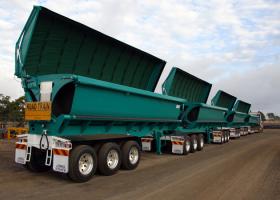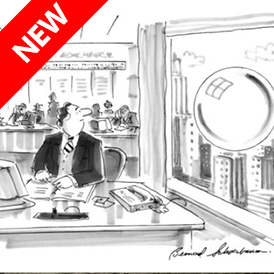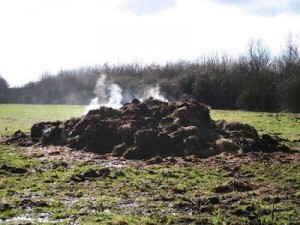Property
-

Real estate chess: Buckle up!
Roger Montgomery
July 29, 2014
This is intriguing on so many levels. Game theory is being played out live over at REA Group’s realestate.com.au, and we are glued to our screens. Can a business with possession of several competitive advantages, including monopoly power, network effect and the most valuable competitive advantage – the ability to raise prices without a detrimental impact on unit sales volumes – lose its competitive advantage? continue…
by Roger Montgomery Posted in Property, Technology & Telecommunications.
-

Winter Is Coming
Scott Shuttleworth
July 28, 2014
Ray White Group has thrown its weight behind a group of estate agents called Real Estate Digital Marketing Services (REDMS), to negotiate online ad rates, reported the SMH on Thursday. continue…
by Scott Shuttleworth Posted in Companies, Property.
- 1 Comments
- save this article
- POSTED IN Companies, Property
-

China watch….it’s only just begun
Roger Montgomery
June 10, 2014
China’s property slump appears to be deepening. It might not be on the front pages of our papers nor leading the business radio and TV reports but efforts in recent weeks to kick-start housing sales are failing. continue…
by Roger Montgomery Posted in Insightful Insights, Property.
- 5 Comments
- save this article
- POSTED IN Insightful Insights, Property
-

Shadows from the Chinese property market
David Buckland
June 4, 2014
Representatives from Deutsche Bank recently visited several companies in China, and concerns over the slowing property market dominated discussions with the predominately bearish outlook for steel consumption and production. continue…
by David Buckland Posted in Insightful Insights, Property.
- 2 Comments
- save this article
- POSTED IN Insightful Insights, Property
-

Making sense or losing cents?
Roger Montgomery
June 3, 2014
If you’re a smaller shareholder in either Westfield Group (ASX: WDC) or Westfield Retail Trust (ASX: WRT), then you might be forgiven for thinking you’re in the middle of World War Three. continue…
by Roger Montgomery Posted in Consumer discretionary, Insightful Insights, Property.
-

Ready. Set. Run!
Roger Montgomery
May 16, 2014
According to The Wall Street Journal: “Tight credit, restrictions on the ownership of multiple homes and an easing of prohibitions on alternative investments overseas have triggered a long-expected downturn in the Chinese residential housing market.” continue…
by Roger Montgomery Posted in Economics, Market Valuation, Property, Tourism.
- save this article
- POSTED IN Economics, Market Valuation, Property, Tourism
-

No Pickups with Trucking
Ben MacNevin
April 24, 2014
For companies that deal in capital-intensive vehicles, construction generally provides better growth opportunities than production. With large miners progressively shifting spending from capital expenditure to operating expenditure, the consequences are being felt by vendors. continue…
by Ben MacNevin Posted in Energy / Resources, Property, Value.able.
- 1 Comments
- save this article
- POSTED IN Energy / Resources, Property, Value.able
-

Bubble watch #7
Roger Montgomery
April 4, 2014
As you may know by now, we do not believe there is a bubble in stocks or property. We do believe one will form before the next correction. Type ‘bubble’ into the search bar or click here to read our recent observations. continue…
by Roger Montgomery Posted in Market Valuation, Property.
- 9 Comments
- save this article
- POSTED IN Market Valuation, Property
-

Property: Don’t bet on a crash because it ain’t coming
Roger Montgomery
March 25, 2014
I have previously suggested that a very large correction in property prices could occur if the generation of baby boomers, whose wealth is broadly stored in real estate, were required to sell in order to fund their retirement and healthcare expenses.
by Roger Montgomery Posted in Insightful Insights, Property.
- 15 Comments
- save this article
- POSTED IN Insightful Insights, Property
-

Leighton’s share price: something stinks!
Roger Montgomery
March 11, 2014
Should ASIC investigate the trading of shares in Leighton Holdings Limited (ASX: LEI) in the days leading up to this week’s takeover announcement? continue…
by Roger Montgomery Posted in Companies, Property.
- 3 Comments
- save this article
- POSTED IN Companies, Property